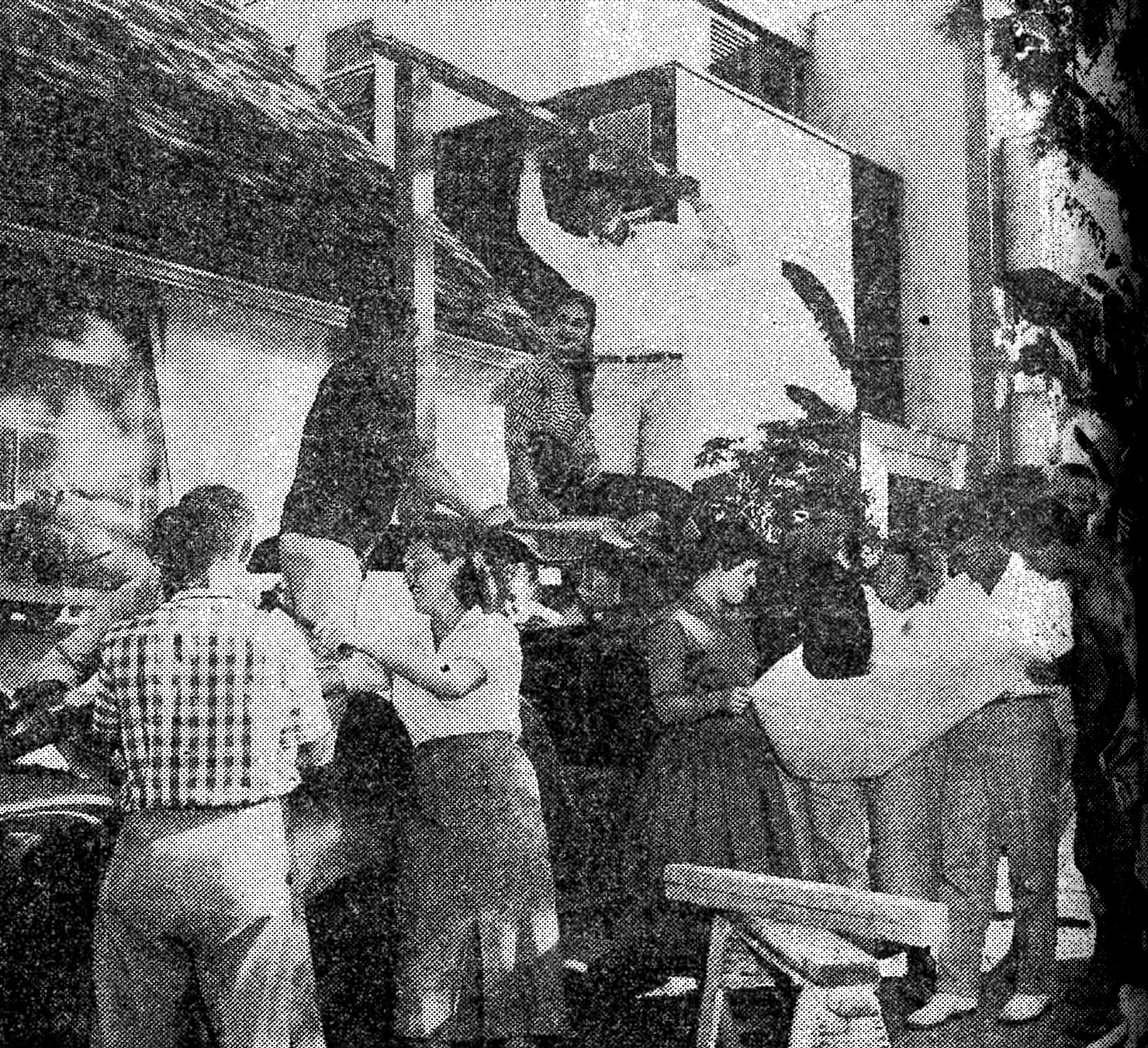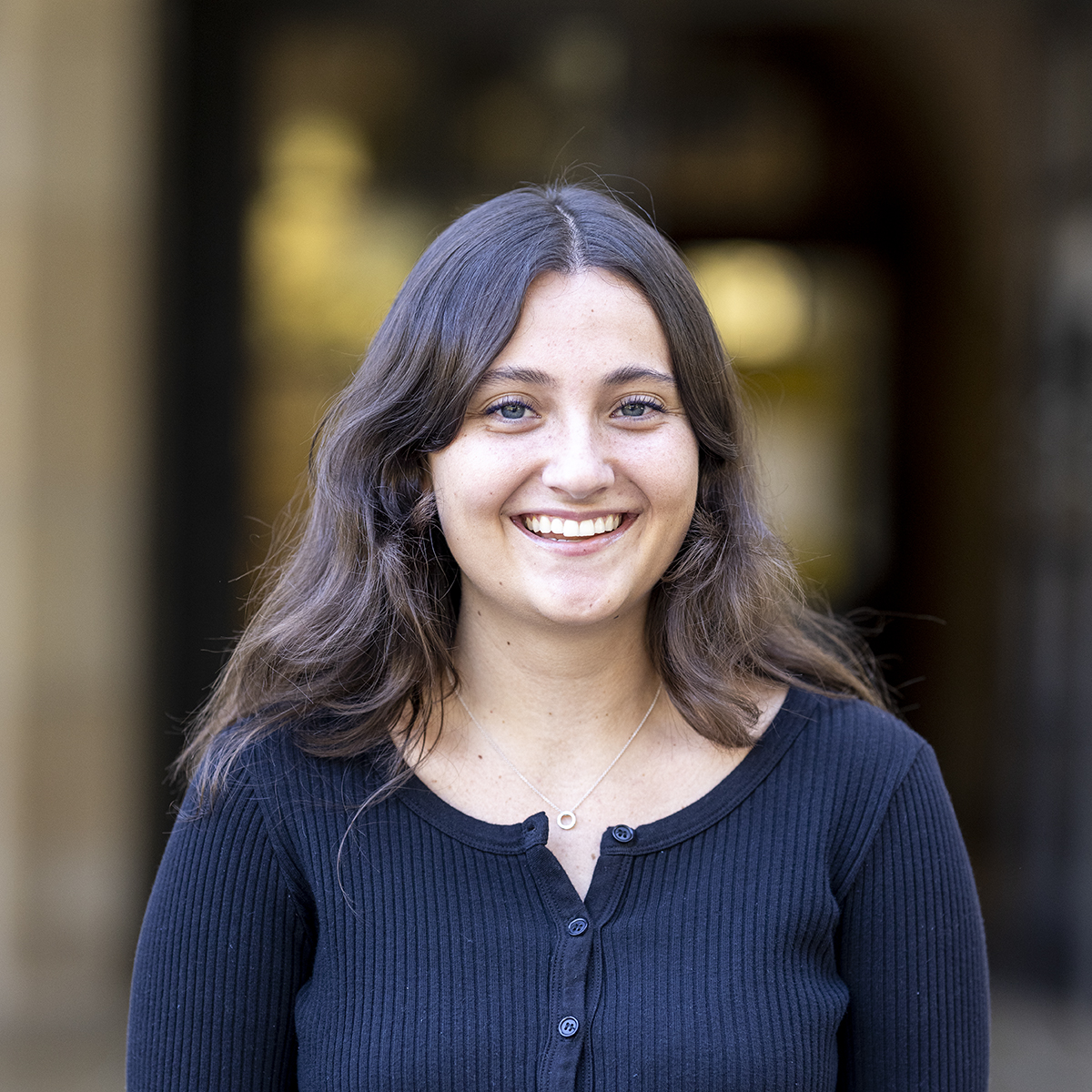UCLA traditions evolve with students, fade from campus throughout the decades

UCLA students build floats in preparation for the 1956 homecoming parade. The parade is one of several campus traditions that haven’t lasted to the present day. (Daily Bruin archive)

By Maddie McDonagh
Jan. 6, 2020 11:39 p.m.
Underclassmen in the 1920s met on the football field for a ferocious and muddy battle of brawn as part of the “Sophomore-Freshman Brawl,” a now-defunct UCLA tradition.
Though UCLA boasts a number of enduring traditions from its earliest days, a larger collection of campus rituals failed to make it to the next generation of students, their existence only detectable through the snapshots and blurbs of archived yearbooks and newspapers.
Throughout the 1920s and 1930s, freshmen and sophomores, adorned with colorful war paint and battle clothing, faced off in an annual contest to determine the strongest class.
In 1924, the Sophomore-Freshman Brawl consisted of several events including a fierce tug of war competition, jousting, tie-up and a medicine ball relay, according to the 1924 edition of Southern Campus, the UCLA yearbook at the time.
In the 1924 jousting event, participants swung giant swabs with green and red paint on the ends for marking their opponents, according to Southern Campus. The freshmen came out victorious that year, releasing themselves from the also-traditional freshman hazing.
“When the day ended, the Frosh, though covered with mud and paint, were happy for they had humbled the haughty Sophomore,” 1924’s Southern Campus said.
In later years, different events were added to the competition, with freshmen and sophomores facing off in sock races and tire tussles, according to a history snapshot by the UCLA Alumni Association.
The event, often part of homecoming festivities, later turned into the “Men’s Greek Week Mud Brawl” in the ’50s and ’60s, according to the UCLA Alumni Association, with a women’s competition as well. The action-packed tradition died out over the years, however.
Other homecoming-related rituals no longer in existence include the “pajamarino,” an early predecessor of the homecoming bonfire tradition in which students dressed in pajamas and frolicked around a large bonfire late into the night.
The event, organized by the Rally Committee, involved “weird styles of night clothes,” chants and dances, according to the 1924 edition of Southern Campus. Bonfire construction was typically carried out by freshmen, according to several editions of UCLA yearbooks from the 1920s.
“Lines of pajama and otherwise clad manhood formed in the darkness and encircled the bonfire time and time again as the conflagration rose skyward, and the heat increased until the spectators roundabout backed with the retreating shadows into the Southern California night,” said the 1926 edition of Southern Campus.
The annual pajamarino bonfire continued throughout the 1920s and into the 1930s, with the last pajamarino in 1933. A Daily Bruin article from November 1933 chronicled dwindling participation and a shorter-lived celebration than in previous years.
“There is no use supporting an activity which is popular only in the thought of students and not in their action,” said a 1934 Daily Bruin editorial titled “Wanted: A Bonfire.”
The bonfire ritual underwent numerous changes over the years, losing the pajama-clad students and eventually becoming the Beat ‘SC Bonfire and Rally in recent years instead of the long-standing homecoming celebrations that students know today.
Another example of a tradition that faded away with time was the annual homecoming parade. Once synonymous with the annual homecoming celebration in October, the parade has not wound through the streets of Westwood since 2004.
UCLA’s first homecoming parade made its way through the Village in 1933, composed of 52 floats constructed by fraternities and sororities, according to a Daily Bruin article published that year.
“Competition among the fifty-two groups entering floats was keen, with Kappa Alpha taking first prize among fraternities and Alpha Phi winning the trophy for sororities and women’s dormitories,” said the Daily Bruin article.
The custom would evolve over the years as a result of current events and student attitudes. In the midst of World War II, the original parade format was abandoned in favor of a smaller-scale procession across the stage of Royce Hall, complete with miniature floats, according to the book “UCLA Traditions: A Collection of UCLA Stories, Customs and Rituals.”
In 1950, the parade returned to Westwood Village with over 50 floats crafted by various student groups. Nancy Frykman, a UCLA alumna and member of the sorority Chi Omega, participated in the float-decorating festivities during the fall of her third year in 1957.
“The sororities and fraternities would pair up and then some of the guys would bring over a flatbed trailer,” she said. “We would have lots of chicken wire and crepe paper and usually some sort of design for a Bruin Bear or a football. It was fun to work for the whole week before together.”
That year, the homecoming parade consisted of 37 floats. The sweepstakes-winning float depicted the California bear attempting to crawl up to a “whirling” statue of Joe Bruin, according to an article published by the Los Angeles Times in November 1957.
The parade format changed again just a few years after Frykman’s graduation in 1959. The day before the 1963 parade, students received the news of President John F. Kennedy’s assassination, and most homecoming celebrations were abandoned as a result. The following year, UCLA downsized its homecoming parade again, instead simply designating an area between the men’s gym and dance building for parked “no-go floats.”
The homecoming parade continued to transform throughout the rest of the 20th century before its eventual fizzle. General student apathy toward the event caused the parade to then be canceled altogether in 1997. The Student Alumni Association briefly brought it back in 2002 to encourage school spirit, according to a Daily Bruin article published in 2004, but the last parade was finally held in 2004.
Traditions evolve as the students do and what people expect out of college changes over time, said UCLA Library’s University Archivist and Head of Curators and Collections Heather Briston.
“There are these nodes in which we all come together,” Briston said. “The traditions that stand the test of time are ones that bring students, prospective students and alumni together in a common narrative.”

